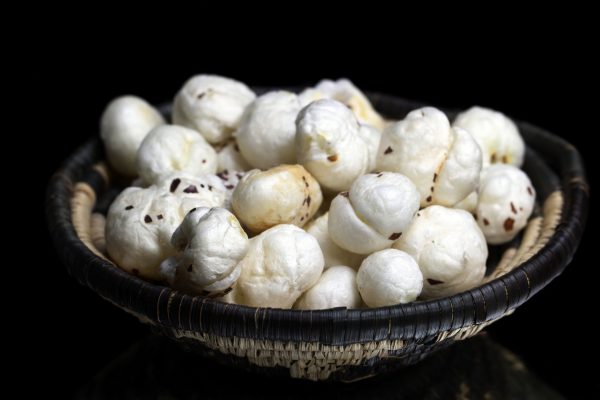Columns • During the past decade, much has happened in the food industry, and at least as much will happen in the decade that we are now entering. Perhaps some of the things we will hanker for during 2020 will be a natural part of the industry in a few years? That is at least what our columnist, Frida Westergård, is hoping to happen with plant-based sweeteners such as mogroside from monk fruits. Read her New Year’s chronicle.
The business newspaper Forbes publishes every year a list of next year’s trends in the food industry. It’s interesting to compare what they saw in the crystal ball with what really happened.
Flops 2019
Some of the 2019 predictions look like flops in the rearview mirror.
CBD oil
One of the predictions was that CBD-oil would be common in food and drinks. CBD stands for cannabidiol, which is one of several active substances in cannabis.
CBD is not hallucinogenic and is therefore not banned from the EU. But in January 2019, the EU decided that CBD should be considered as Novel Food, which means that it must not be used without authorization after extensive testing.
Fox nuts
Another predicted trend that we have not seen much of in Europe is the seeds of the prickly waterlily (Euryale ferox). The waterlily is cultivated in India, Korea and Japan for its starchy seeds that are called fox nuts, gorgon nuts, lotus seeds, makhanas and phool makhana. They are eaten raw or used in cooking.
In parts of India, they are roasted or fried, which makes them pop like popcorn, and is then eaten as a snack with oil and seasonings. And it is like a snack they were expected to pop up in the western world. But so far, fox nuts have not taken up the fight with crisps, popcorn and other snacks on the shelf space in European stores.

Flippers 2019
But Forbes’ prediction also nailed some real flips.
Oat milk
Oat milk is one of the flips. This is obvious to anyone in Sweden, where the world’s first producer of oat milk is located – Oatley. For most of the company’s nearly twenty-five-year history, it has been entirely unknown to the common man. But in recent years, their oat milk has gained popularity in a large stratum of the population. It has spread to more than twenty countries in Europe and around the world.
The fact that Arla Foods, Scandinavia’s largest dairy producer, felt it necessary to go to the counter-offensive on Oatly’s advertising is a clear sign of the oat milk’s success.
Monk fruit extract
The 2019 list also mentioned the Chinese fruit luo han guo – monk fruit – whose pulp contains the extremely sweet substance mogroside. It has gained considerable interest as a plant-based sweetener. It has already been approved for use in foods in Asia, the United States and some Latin American countries. It has not yet been approved in the EU, but a review process is ongoing, and it is expected to be approved by the end of 2020 or early 2021.

Sweet 2020
Although it is interesting to see which of the predictions for 2019 that was held up or brought down, it is even more interesting to see what’s on the trend list for 2020.
One of the predictions is that sugar, or rather ‘not-so-simple sugars’, will be hot in 2020. It is predicted that syrup from monk fruit, pomegranate, coconut, sweet potato, sorghum, and dates will emerge as a way to give a touch of sweetness in marinades, barbecue glaze and desserts.
My hope for the new decade
It is difficult to say what will flip and flop in Europe in 2020. But I hope we will have a deepened interest in new and sustainable sweetening alternatives of natural origin. And I hope that it stays and strengthens throughout the decade that now begins so that 2030 is the year when it is seen as the natural and natural choice.
Please, share this article if you liked it.
[et_social_share]





